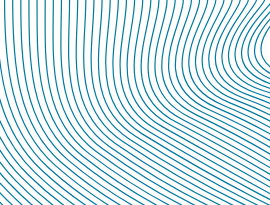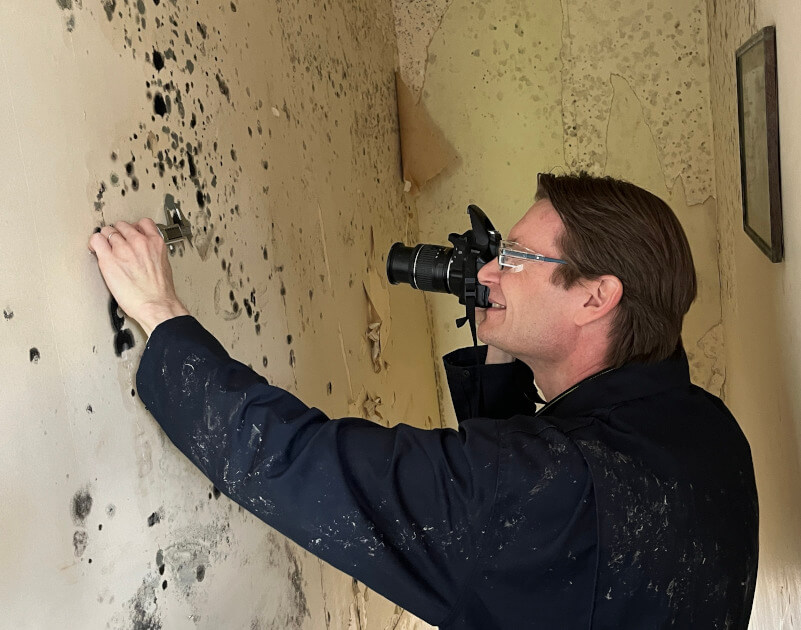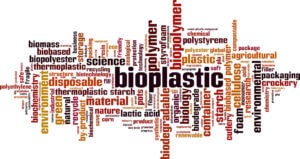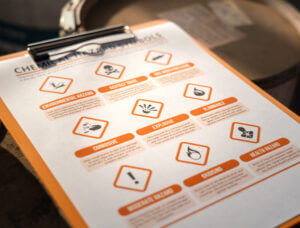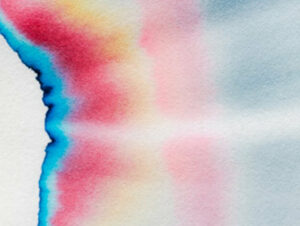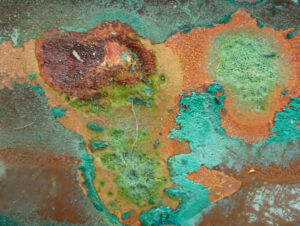Mould contamination can occur to a range of substrates including commercial and domestic building materials, timber, soft furnishings, fabrics and plastics. It can also affect warehouse stock packaging and materials used to pack product shipments in marine containers.
Forensic Plant Pathologist James Townsend is one of Hawkins’ mould experts. In this presentation he investigates some of the many types of mould species involved, how they can be used to determine the cause and the timing of the contamination, and their potential effects on air quality and human health. He will also cover some measures that can be taken to remediate contaminated materials.

